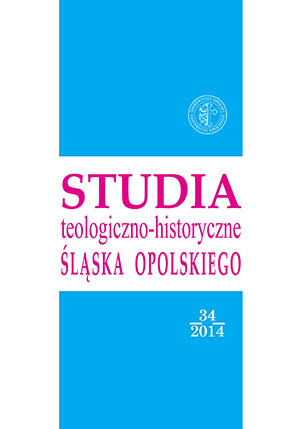
We kindly inform you that, as long as the subject affiliation of our 300.000+ articles is in progress, you might get unsufficient or no results on your third level or second level search. In this case, please broaden your search criteria.

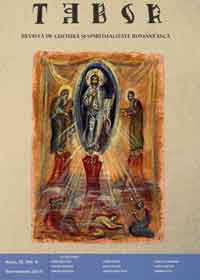
Europe was, from ancient times, the spaces were religion and culture interfered. It was also the space were religion was a culture creator. Now, the continent is the space were the dialog between the two is possible from more points of view. In this study, the author analyses the relation between religion and culture in the 21th century Europe
More...
The problem of religiosity influence on party construction in modern Russia is analyzed within three periods proposed by the author: 1. the nineties of the twentieth century - the period without restrictions on the use of religion; 2. The first decade of the twenty first century – the period of sufficiently strong principles of state secularism; 3. 2012 – present – the period of “primitive secularism” overcoming. Conclusions and generalizations are made within a broad empirical material, including the study of party’s public declaration. The basic trends and features of the religiosity influence on party construction have been determined. It has been analyzed in relation to religion and believers of the leading political parties. Particular attention is paid to political parties that have been using religious ideas in their programs and within party’s ideology construction.
More...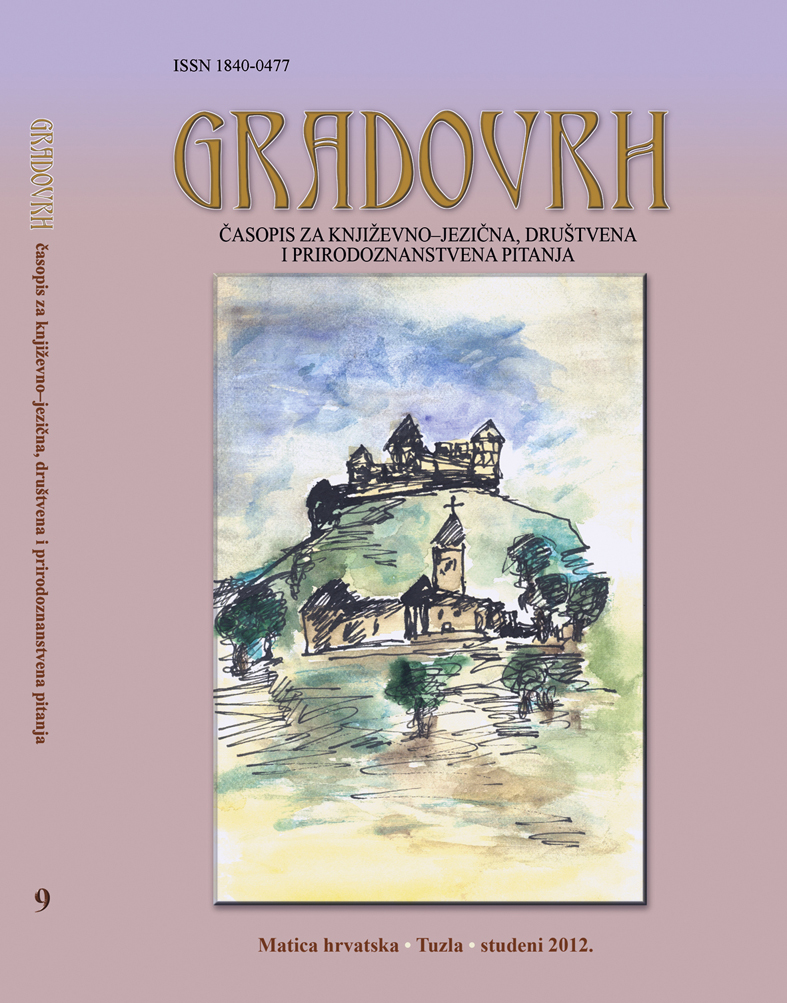
The paper deals with data on the perception of death among the student population of the University in Tuzla. The data were obtained by empirical research, based on a survey of a given population conducted during May 2010. The research was undertaken on 514 students who answered the question related to the outcome of death, and offered them three responses that were subsequently analyzed statistically. Based on the data obtained it was observed that most participants immediately wanted to know the truth, however a few respondents chose one of the other two possible answers, where fear and false hope are undoubtedly playing a significant role in this type of response, with a desire to avoid aporias. The importance of the work lies in the fact that it will show the awareness of the student population about the importance of correct information being provided by a physician in the event of a death. The majority of students who undertook the survey belong to the Islamic religious tradition, however other religious traditions such as Roman Catholic and Orthodox, as well as atheists and agnostics were also involved in discussions about the religious views on this issue, and about the relationship between religions regarding a given problem.
More...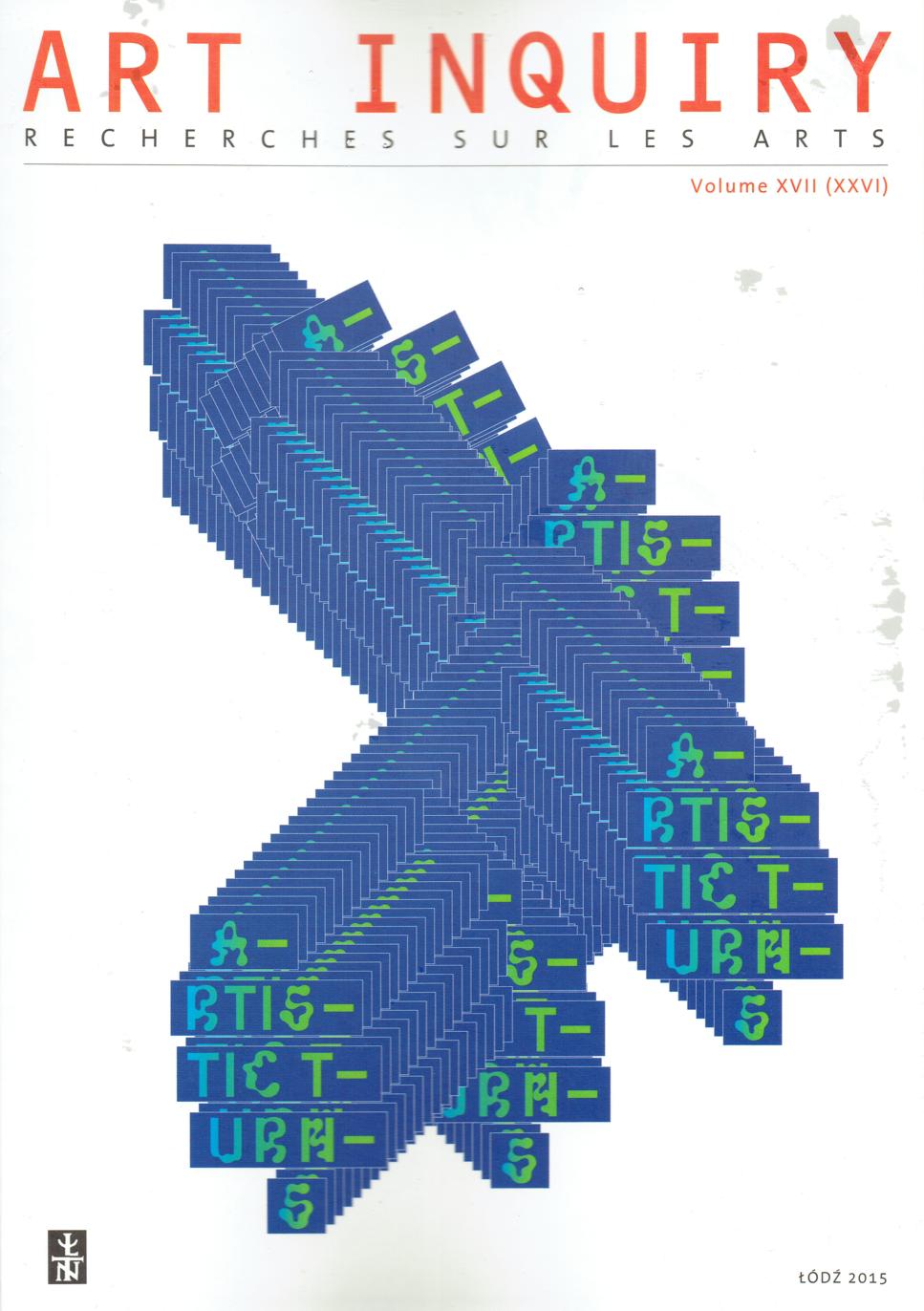
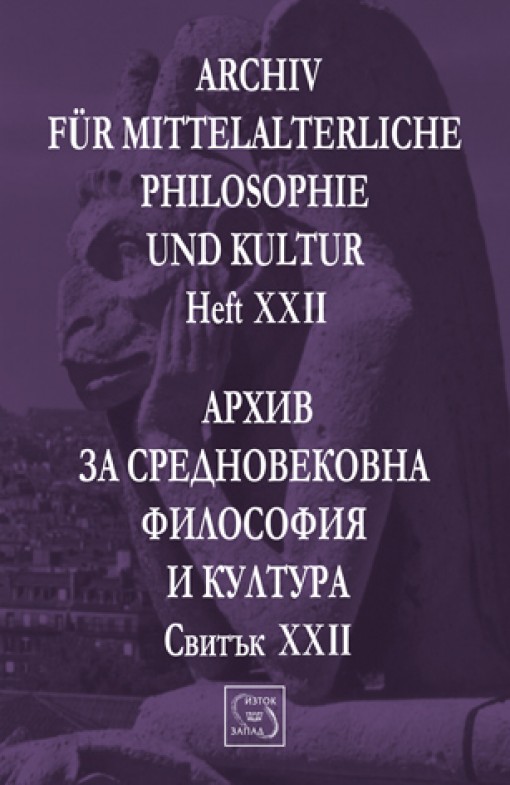
The purpose of the following text is to examine, compare and contrast the idea of the „Oneness of being“ according to the Christian philosopher Meister Eckhart and the Sufi thinker – Ibn Arabi. Despite the critics addressed to both of them because of their apophatic method of articulation, Eckhart and Ibn Arabi deeply influenced the Christian and the Muslim mysticism.The doctrine of the „Unity of the existence“ is one of the most important problems discussed by these two authors and by the mystic thinkers in general. According to this theory every type of difference in the world is actually an illusion, the differences does not exist and behind them stands the absolute oneness, which envelops all that exists in its ostensible multiplicity. Of course here we are talking about a personal oneness, a holy unity, a unity before which the human being bows down – God. According to the mystics Oneness and God are synonyms.
More...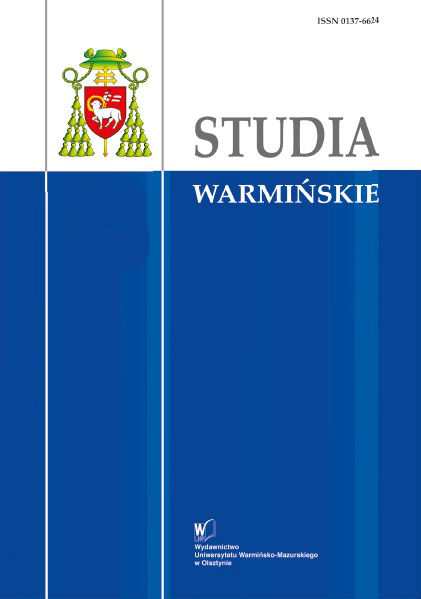
Since the dawn of history, fire was given a mystical character. Fire was associated with strength, power, mystery and the supernatural. Fire is of particular importance in the Jewish tradition and culture. The main aim of the publication is to present the symbolism of fire in Judaic criminal law, which is understood as a law arising from the Torah and the Talmud. Authors describe the subject of the treatment of fire as a kind of punishment tool and as a murder weapon. In the first case, the publication focuses on permissible in Judaism form of capital punishment by burning. In the second case authors raise the question of the principles of criminal responsibility by the perpetrators of arson. Recalling the principle of Judaic criminal law the authors argue that arson, contrary to some opinions presented in literature, should be treated as a causative action of certain crimes, and not as a separate offense.
More...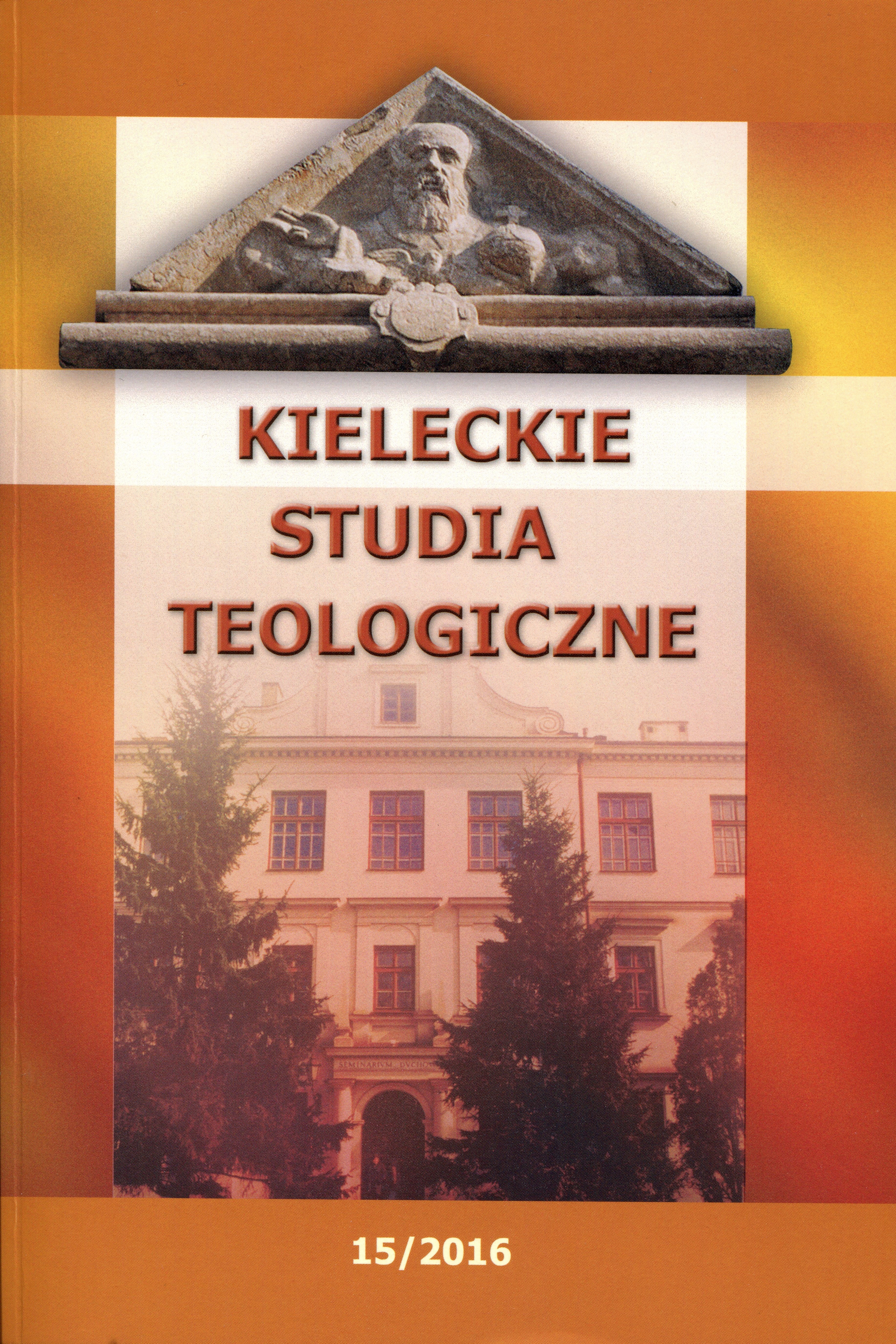
In the introduction of his article, the author presents the basic information of Hinduism concerning its doctrine, literature and history. He emphasizes that traditional Hindu marriage has a deep religious meaning for Hindu believers. It seems to be the most important event in the life of each individual and of each family. The author continues presenting the different forms of marriage of the past and he states that there is no standard ritual for marriage in Hinduism, as the rituals change according to every region. Speaking about the contemporary ceremony of a Hindu marriage, he presents the most common elements of this ritual. The author concludes that traditional Hindu marriage is regarded as a religious institution founded on the sacral organisation of the joint family. The Hindu traditional marriage is a ritual event associated with a stage in life, that repays debts to the gods and to one’s ancestors, in order to purify the individual and progressively lead to the liberation of the deity that is within each human being according to Hindu religion. Traditional Hindu marriage into a joint family is not only culturally different from the Catholic sacrament, but differs in the very hermeneutics of life, reality and revelation.
More...
The present study aims to present the main features of the Hebrewuniversalism, as they can be extracted from the Old Testament book of prophetIsaiah. Although in the modern and contemporary scholarship it is agreed thatIsaiah's book displays three different layers of redaction, set in pre-exilic, exilicand postexilic times, the universalist perspective is a common characteristic toall the constitutive parts. The main aspects of this perspective are theidentification of Yahweh with the God of all the earth and the understanding ofIsrael's role as a witness and preacher of God's revelation to the nations
More...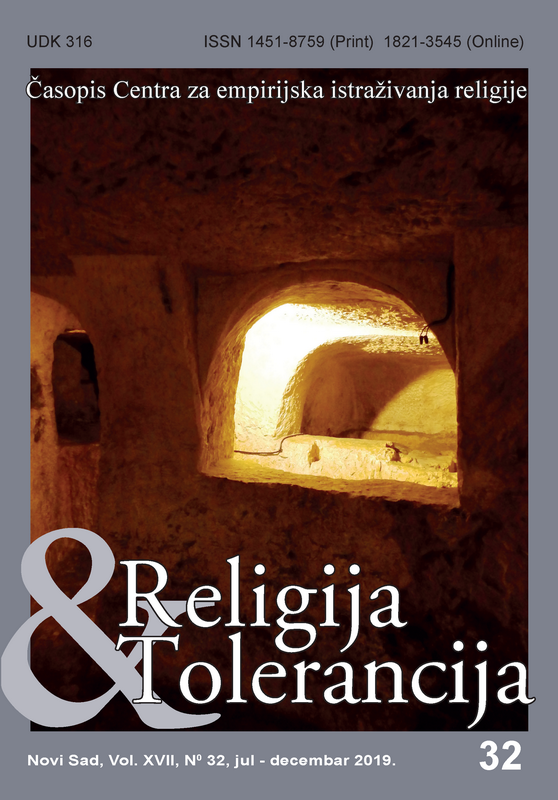
The aim of this Paper is to analyze the dogmatic differences between the two Christian churches - Roman Catholicism and Orthodoxy. Religious differences have often burdened the interpersonal relations in the past in this region, with the members of both sides not knowing enough about the other. Consequently, through this work, we will try to argue arguments about the differences between these two great teachings. The first (shorter) part of the work will be dedicated to the great church split of 1054, after which there is a definite disagreement between Rome and Constantinople in terms of understanding the parts of Christ’s teachings. In the second part of the Paper, we will analyze the most important dogmatic differences between Roman Catholicism and Orthodoxy. Some of these differences occurred even before the Great Schism, some of them were the cause of schism, while many differences were only created later, thanks to reforms within Roman Catholicism. The final part of the Paper will be devoted to the explanation of today’s relations between Roman Catholicism and Orthodoxy, then the possibilities of overcoming some of the dogmatic differences, as well as the significance of the very topic of tolerance among believers belonging to these confessions and who interact with each other in everyday life, especially in multi-confessional communities such as the Republic of Serbia .
More...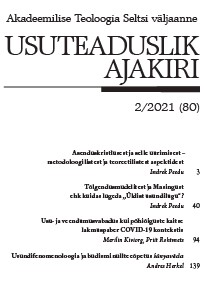
This paper focuses on the ’asenduskristlus’ (a modification of the ’vicarious religion’ concept), a debate that has emerged in the Estonian study of religion recently. The article deals with the methodological and theoretical aspects of the debate, criticising certain presumptions and arguments made by one or another participant and highlighting a number of issues that need to be taken into account to address the methodologically focused questions that have been raised during this debate. These issues are analysed from three distinct perspectives: (1) method and theory in relation to the general research design, (2) the role and use of concepts in the study of religion, and (3) the study of ‘visible’ or ‘hidden’ aspects of religiosity.
More...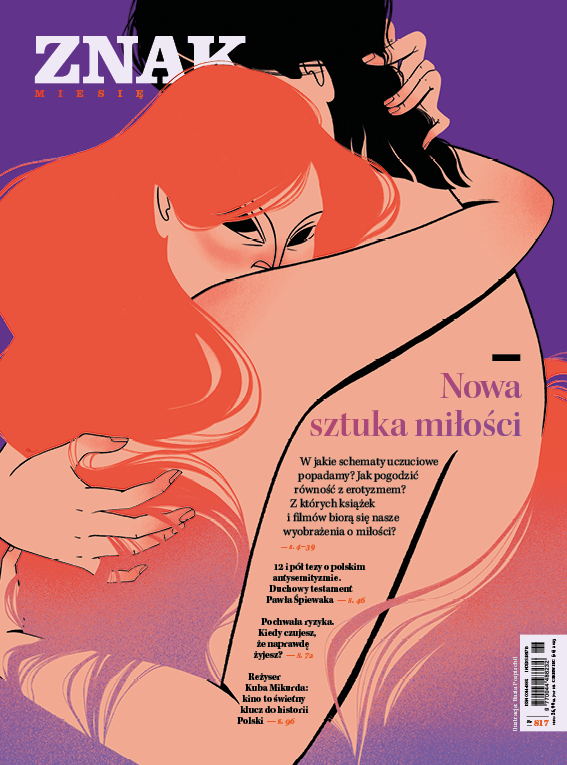
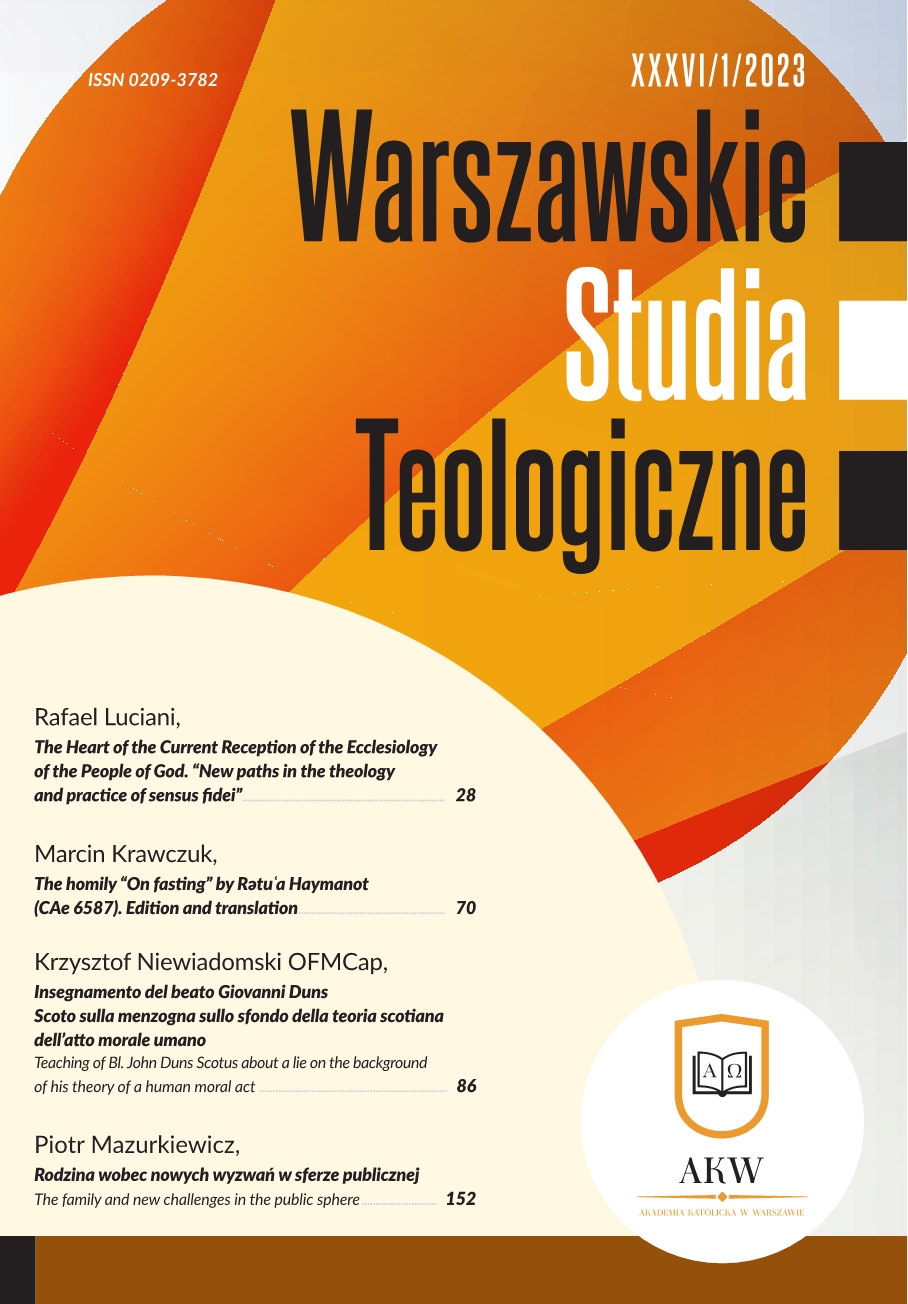
The paper indicates the diagnosis the Christian-Muslim dialogue conducted by the Catholic Church, especially taking into account the indications of the Second Vatican Council. The question arises whether the mutual discourse of the representatives of the two religions is currently giving rise to a perspective of peace, or rather fear for the future? There is no denying that militant Islam accentuates the escalation of violence. These behaviors can give rise to fear and questions about the possibility of coexistence in this world. These events build up the circumstances of our time, which theology must to explain. To examine the wider context, the teaching of Vatican II on dialogue with Islam was recalled, and the teaching and actions of the post-Conciliar popes were recalled. This effort clearly indicated the possibility of cooperation, but also delineated the limits, which the Church must not cross. Therefore, although there is a real opportunity to develop joint projects, there are also significant limitations. Moreover, as practice shows, the Church's benevolent gestures often fall on deaf ears, and it seems that this effort is inadequate to the expected fruits of dialogue. Therefore, the possibility of dialogue can be discovered in Catholic Mariology. The person of Mary can become the reason for Muslims to turn to Christianity, which is shown by certain indications of the piety of the followers of Islam towards Mary. It is also an important premise for the Church to rely less on human action and strategy lined with diplomacy and politics. It is necessary to pray much more for the conversion of Muslims, so that God Himself may do the work of changing the hearts of the followers of Islam.
More...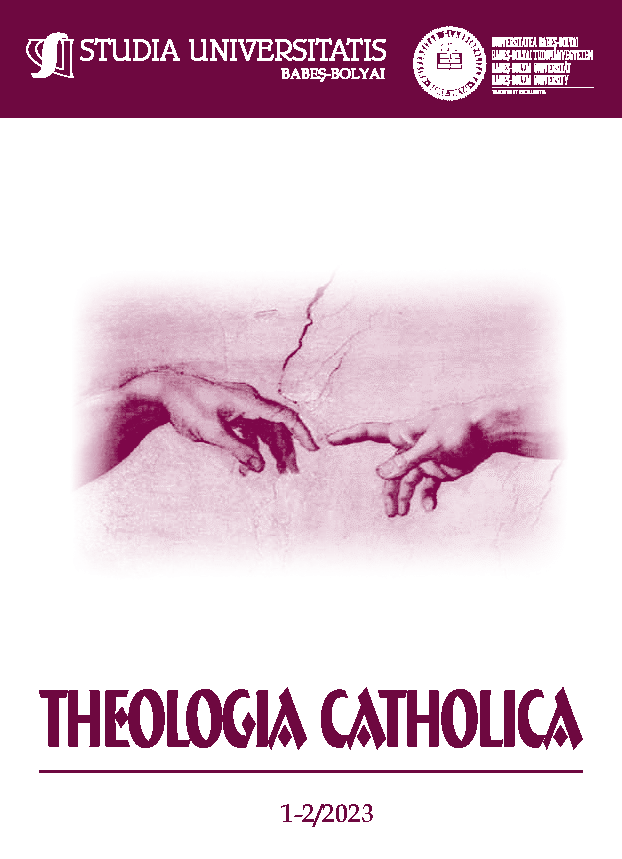
Debates on the Filioque - “The Apple of Discord” between Eastern and Western Traditions. The Filioque issue is still a major problem between East and West traditions on the path of ecumenism. Theologically speaking, the Filioque is the “iceberg” that rises in the rough seas of the Church of God – Εκκλησία του Θεού to slow down the initiatives for Christian unity. The Nicene-Constantinople Credo says: Καὶ εἰς τὸ Πνεῦμα τὸ Ἅγιον, τὸ κύριον, τὸ ζῳοποιόν, τὸ ἐκ τοῦ Πατρὸς ἐκπορευόμενον, formula defended in the East, in its most rigorous sense, by Gregory of Palamas, while from the eleventh century are emerging in the Western Creed the expression: et in Spiritum Sanctum, Dominum and vivificantem: qui ex Patre Filioque procedit, formula defended especially by Thomas Aquinas. The theme of this paper will focus on the reception of a text of Athanasius of Alexandria (298/299-373), which allows us to argue both positions biblically and theologically.
More...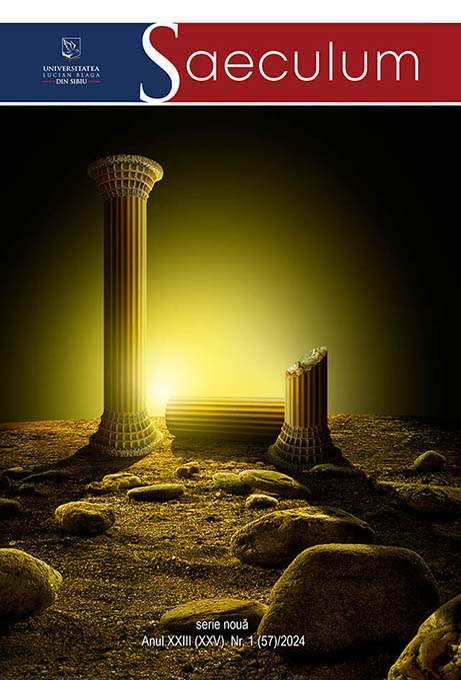
Ancient Israel; aniconism; symbol; litholatry; non-figural objects; sacred empty spaces; iconography; idolatry;
More...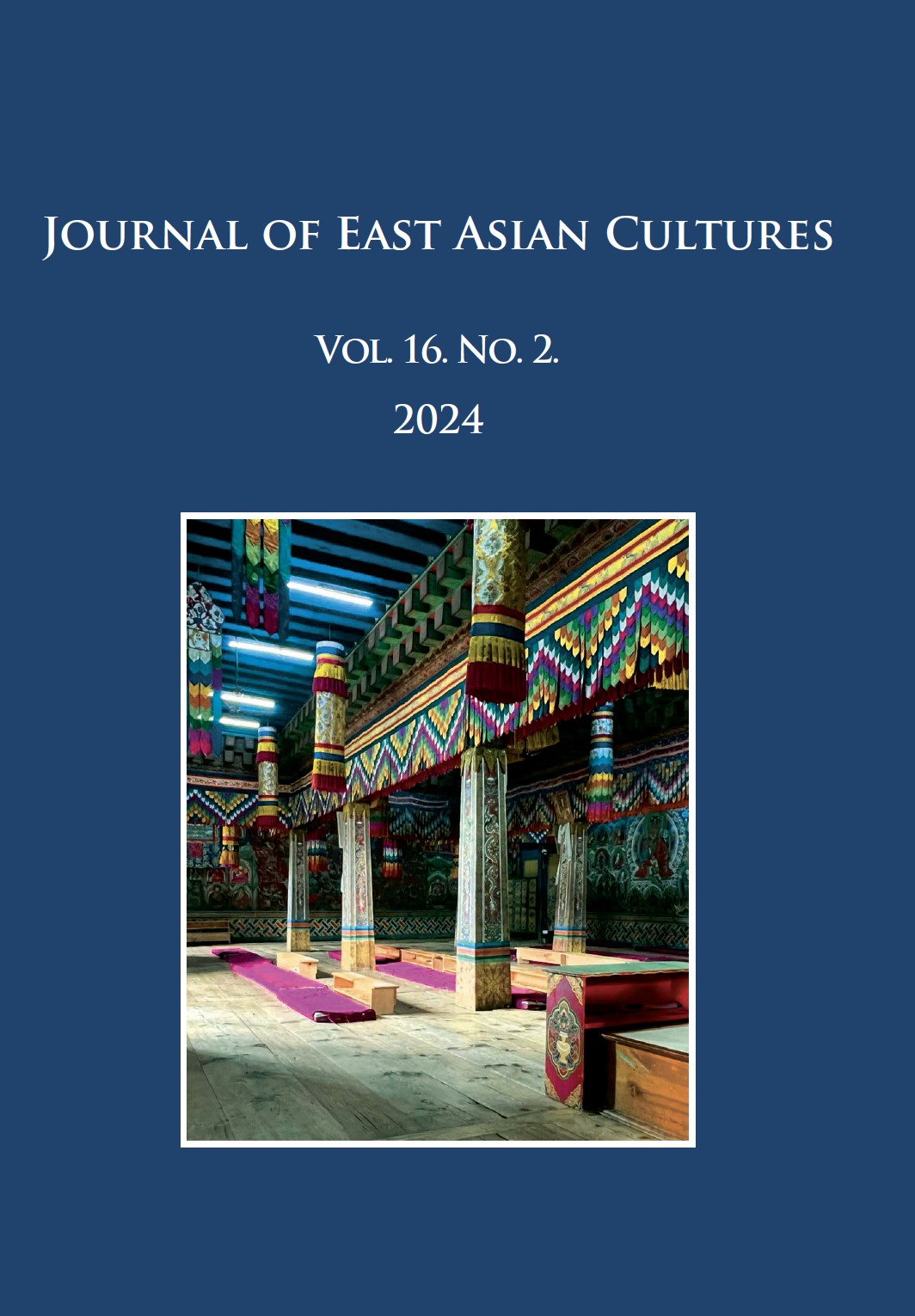
The practice of meditation has become popular in Western countries during the last decades as an Eastern, and predominantly Buddhist, exercise. However, when properly compared, Christian contemplation and Buddhist meditation show numerous similarities. This paper sets out to determine the extent of comparability between these practices of the two traditions and how they are embedded in their respective theoretical frameworks. Additionally, as a further step, it aims to demonstrate how contemplative practice can act as a basis for Buddhist–Christian dialogue. The research centres around the works of two eminent monks of the 20thcentury, the American Trappist Thomas Merton and the Vietnamese Thiền master Thích Nhất Hạnh. Their work provides an ideal target of analysis, since both were not only widely appreciated members of their respective traditions but also deeply engaged in interreligious dialogue, and thus they had a proper understanding of each other’s tradition. In this paper, the author will first analyse and compare the works of Nhất Hạnh and Merton written on contemplation during approximately the same time to determine what exactly they understand by the terms ‘meditation’ and ‘contemplative prayer’, respectively. Then, their works regarding the other monk’s respective religious tradition will be discussed and compared to see what the two authors select as main avenues of comparison. The main conclusions of the article are that the concepts of meditation and contemplation in Buddhism and Christianity denote strikingly similar exercises, which aim to achieve similar goals despite differences in theoretical formulation. For Merton, Christian contemplation aims to reconnect the believer to God with whom the initial unity was lost through the Fall of Man and the establishment of the ego-self as an entity separate from God. Such contemplation needs to happen in interior solitude and involve a complete self-emptying of the believer to become one with God. Since separation from God through the ego is the fundamental problem of humans, reconnecting to God through contemplation is seen as the highest form of prayer and, indeed, life. In a similar vein, for Nhất Hạnh, the fundamental problem of humanity is the misconception of a permanent self, which results in dividing the world into different, separate entities. Thus, for him, similarly to Merton, the goal is to reach a supreme unity beyond distinctions and duality. Moreover, the way to such unity is precisely meditation, which can best unify body and mind and thus bring forth Buddhahood. Then, as the second step, the article presents how Merton and Nhất Hạnh draw parallels between Christianity and Buddhism on the basis of similar contemplation. Merton points to, among others, the connection between God and the absolute Void of Zen, kenosis and śūnyatā, whereas Nhất Hạnh points to similarities between nirvāṇa and the Kingdom of God as well as mindfulness and the Holy Spirit. Thus, the paper provides a thorough analysis of the similarities of meditation practice in Christianity and Buddhism, as practiced by Thomas Merton and Thích Nhất Hạnh, and how these similarities can provide a basis for dialogue between the two religions in modern times.
More...
Klaus-Dieter Mathes and Péter-Dániel Szántó: Saraha’s Spontaneous Songs: With the Commentaries by Advayavajra and Mokṣākaragupta. (Studies in Indian and Tibetan Buddhism.) New York: Wisdom Publications, 2024
More...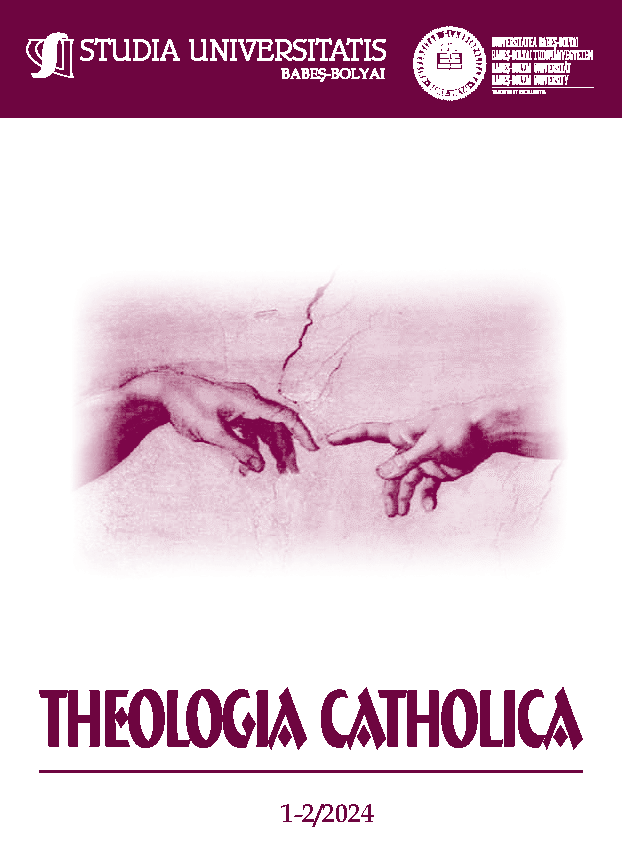
Crossing the borders of separation in the Christian-Jewish dialogue. From the Seelisberg Declaration (1947) to the 12 points of Berlin (2009). The Christian and Jewish religions are exceptionally close. Christianity grew out of Judaism and shares with it the holy books that make up the Old Testament. Over the course of two millennia of history, this closeness has led to separation and the need to emphasis one’s own identity, often denying the views and principles of the other religion.The frontiers of the initial separation between Christians and Jews. At the time of the writing of the Gospel of John, at the end of the 1st century AD, there are indications that Christians were excluded from synagogues, at least in some areas. The Jewish communities in the diaspora were religiously self-confident and well integrated into the socio-political structure of late antique society. Christianity, on the other hand, claimed the place of Judaism and sought to establish its validity as the new Israel, the only authentic version of Judaism, thus formulating a series of anti-Jewish premises and a replacement theory/theology.The contemporary dialogue between Christians and Jews. Christian-Jewish relations as an object of study could be described as a child of the 20th century. The conditions for the development of Christian-Jewish dialogue as we know it today were created by the Second Vatican Council first and foremost by the Declaration on the Relation of the Church to Non-Christian Religions “Nostra Aetate” No. 4 (1965). The first fundamental principle of dialogue with Judaism, based on Paul’s Letter to the Romans, is to accept that Israel has not been rejected by God, that the covenant made with Israel is eternal, and that the Church is not a substitute for Israel and does not take its place.The analysis of Christian-Jewish relations is a complex undertaking that cannot be reduced to simple theological or historical narratives. It must take into account sociology, education, language, history, biblical studies, hermeneutics and, of course, theology.
More...